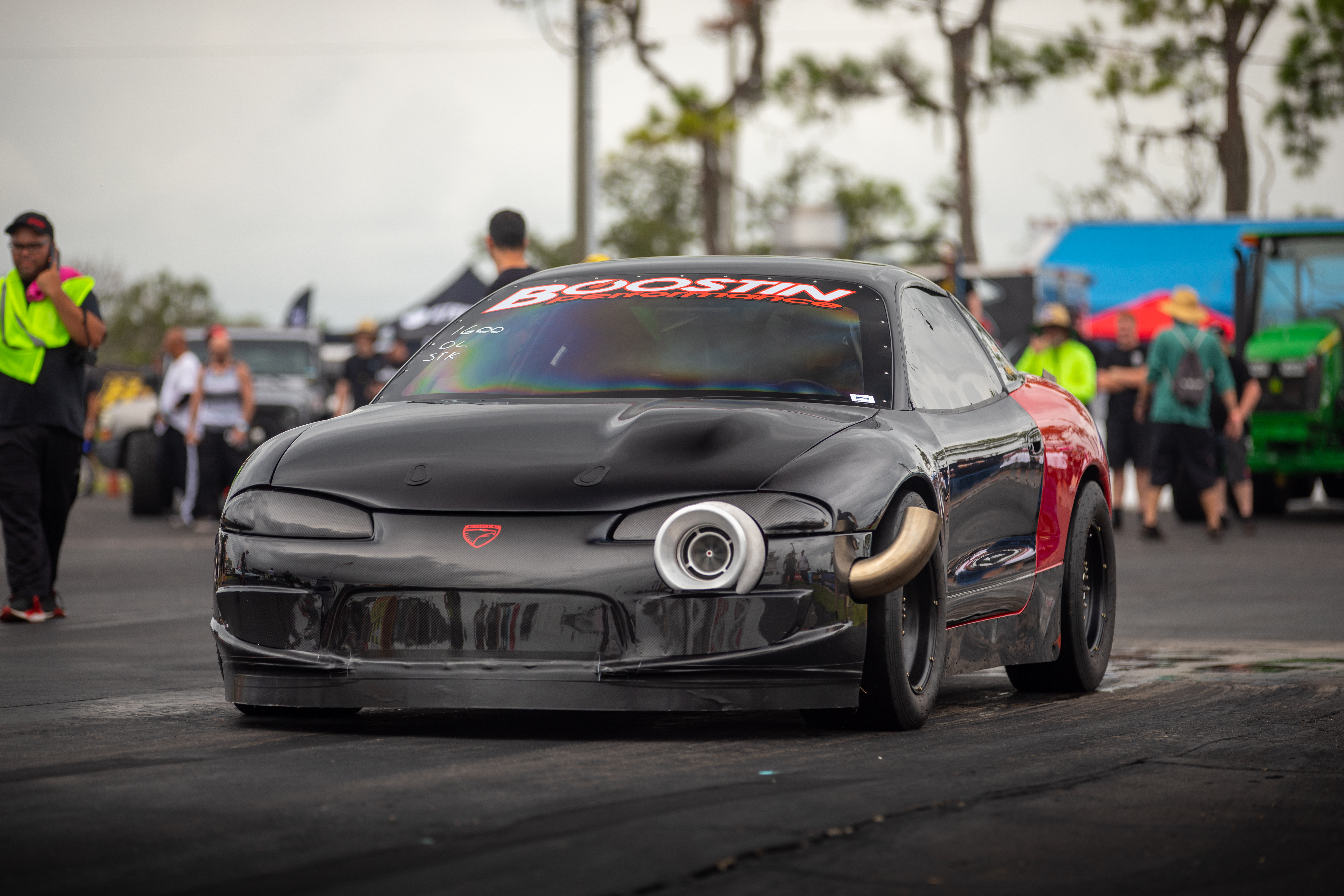The Power of Porting
Jul 29th 2022

What Porting Is, Which Parts to Port, And Where to Have Your Parts Ported
Porting is a relatively simple concept at its core but deals with incredibly complex physics to deliver you more power. Porting deals with the parts of the engine that handle airflow such as the intake manifold, cylinder head, and more. Even though porting is often chalked up to just sanding down some parts, the skill of calculation and execution strongly influences the resulting performance gain for your build. Let’s break down everything you need to know about porting to explain why it’s great for your DSM, Evo, GT-R, or Supra. Then, see how the experts at Boostin Performance can fulfill your porting needs.

What Is Porting?
Porting is the practice of increasing the inside diameter of parts and altering their shape to allow for better airflow. At the same time, porting often consists of polishing the interior of the part as well. Most of the parts that can be ported are manufactured by casting metal in molds, and while that makes manufacturing many of them simpler, that also leaves them with a rough surface. Rough surfaces impede air flow (due to fluid dynamics, specifically the boundary layer effect), so smoothing them out allows the part to flow more air more freely.
What Is Port Matching?
Port matching is the practice of matching up the inside diameters of two different mated parts. Most often, this refers to the ports on the intake manifold or exhaust manifold matching the ports on the cylinder head. This is done to improve the fluid dynamics of airflow inside the engine. Ensuring the ports are of equal size reduces turbulence and allows for a more free-flowing system.
How Does Porting Affect Power?
To truly understand what porting will do for your performance, you need to understand some basic fluid dynamics. Opening up the ports means there is more space for the fluid to flow, meaning the same amount of flow will have less velocity; that can cause a decrease in low-end torque if no other modifications are made but also increases high-end power since the air volume capacity is higher. The pressure factor here is what makes porting particularly useful in cars with turbochargers. More pressure plus more intake volume makes for an increased volume of air being sent through the engine, effectively achieving more power assuming A/F ratios are kept the same.

What Parts Can I Port?
Cylinder Head
The cylinder head is the top half of your engine and houses the intake and exhaust valves, among other components. Cylinder heads are generally the most important part to port, as the bulk of their purpose is to cycle air in and out of an engine. Porting a cylinder head opens up the intake runners, exhaust runners, and often even changes the shape of these openings to streamline airflow. The ports leading to the valves typically take an abrupt turn based on how the valve has to fit into the head and how cylinder heads are machined from the factory. Still, those ports can be smoothed to ease the directional transition and reduce resistance. This goes for both the intake and exhaust ports. Paired with an aggressive camshaft, porting the head can produce significant power improvements, especially in high-revving and high-boost applications. As such, we highly recommend cylinder head porting for cars such as the Eagle Talon, Mitsubishi Eclipse, Nissan GT-R, and Toyota Supra.
Intake Manifold
The intake manifold is the part that connects the air intake to the rest of the engine, bolting up to the cylinder head to supply each intake port with air. Porting an intake manifold can help increase flow rate and reduce turbulence, effectively improving performance. The gains here are typically mild, but can be serious for high-revving engines.
Turbochargers
Multiple parts of your car's turbocharger can be ported. The compressor housing, turbine housing, and turbo inlets/outlets can all be ported to improve their flow dynamics and increase efficiency. In cases where you have upgraded your turbo and you're experiencing overboost situations or boost creep, porting the wastegate may resolve the issue before you need to implement an external wastegate.
Exhaust Manifold
If you’re trying to maximize your performance while maintaining the stock appearance, porting your exhaust manifold can help get you there. Similar to the intake manifold, porting the exhaust manifold opens up the exhaust pathways for a more free-flowing system. If you want a modified look, a high-quality aftermarket performance exhaust manifold could also be a great option.

Where To Get Your Parts Ported
As important as porting your parts can be to achieving your performance goals, so is choosing the right place to get your parts ported. Each vehicle has its own nuances and unique parts that take trained professionals to transform into performance masterpieces. We at Boostin Performance are happy to provide porting services for your DSM, Evo, GT-T, or Supra, so give us a call today to see what we can do for you.

